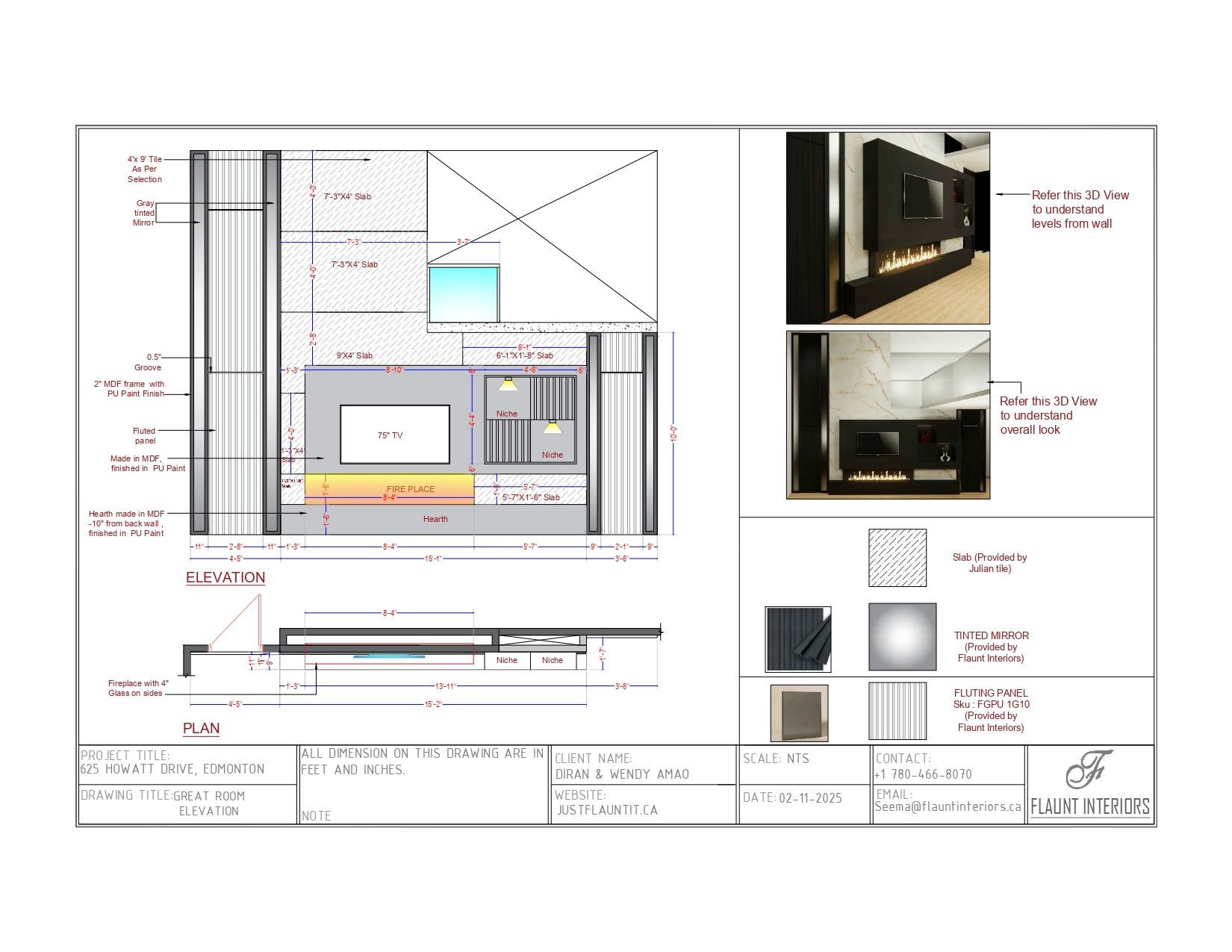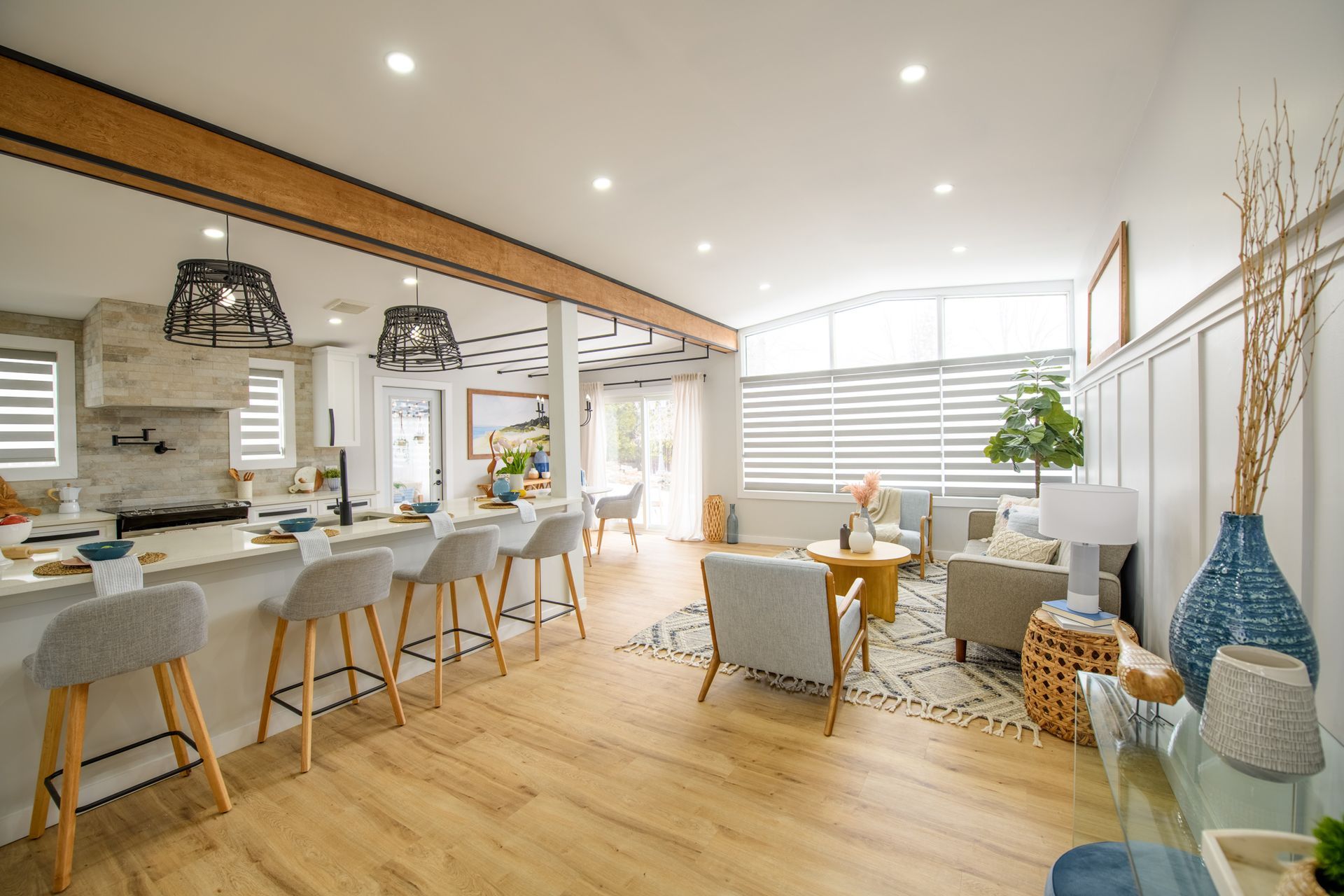How to Spot Quality in Secondhand Furniture: A Buyer’s Guide
Consignment furniture offers incredible value—but to make the most of your purchases, you need to know how to identify quality. In a sea of pre-loved items, some are true gems that will last a lifetime, while others may be more trouble than they’re worth. In this blog, we’ll walk you through how to spot craftsmanship, durability, and hidden potential in secondhand furniture, so you can buy with confidence.
1. Check for Solid Construction
Start with the basics:
- Weight matters: Heavier items are often made from solid wood, not particle board.
- Joinery: Look for dovetail joints in drawers, mortise-and-tenon construction, or sturdy dowels instead of staples and nails.
- Stability: Gently rock the piece—if it wobbles or creaks, it may need repairs or may not be well made.
Solid construction ensures the piece can handle regular use and even future moves.
2. Inspect Materials
Good materials last longer:
- Solid wood is preferable to veneers or laminate.
- Real leather ages well and can often be conditioned to restore softness.
- Quality upholstery fabrics feel substantial and resist pilling.
- Avoid plastics, thin veneers, or fabrics that feel flimsy or worn through.
3. Test Functionality
Before purchasing:
- Open and close drawers to ensure smooth operation.
- Sit on chairs and sofas to test support and comfort.
- Check mechanisms (like recliners or extendable tables) for smooth functionality.
Functionality is just as important as appearance—don’t skip this step.
4. Look for Manufacturer Labels or Marks
Name brands often indicate high craftsmanship:
- Check for tags, stamps, or plaques that show brand, designer, or origin.
- Well-known vintage brands like Drexel, Henredon, or Ethan Allen often hold their value.
- Do a quick online search to see what similar items sell for.
These labels can help determine if a piece is collectible or worth investing in.
5. Evaluate the Finish and Patina
Signs of age aren’t always bad:
- A natural patina on wood can add charm and authenticity.
- Minor scratches or wear may be easily fixed or embraced as character.
- Peeling veneer or warped surfaces, on the other hand, may require more intensive repairs.
Know the difference between fixable flaws and structural damage.
6. Smell the Piece (Yes, Really!)
Odors can tell you a lot:
- A faint wood scent is normal, but avoid pieces that smell musty, smoky, or moldy.
- Smells can be hard to remove, especially from upholstered pieces.
Trust your nose—it can save you from costly mistakes.
7. Consider the Piece’s Potential
Some furniture just needs a little love:
- Reupholstering, repainting, or changing hardware can give a piece a new life. Focus on structure and bones, not just the current surface.
Think creatively:
- A dresser could become a bathroom vanity, or a buffet a media console.
Look for transformation opportunities—this is where the fun begins.
Final Thoughts
Buying consignment furniture is an art form—one that blends design savvy with an eye for quality and potential. By learning to identify solid construction, superior materials, and promising pieces, you’ll build a collection that’s both beautiful and enduring.
Whether you’re a seasoned secondhand shopper or a curious newcomer, this guide equips you to navigate the world of consignment with skill and confidence. Happy hunting!
Share This Blog










